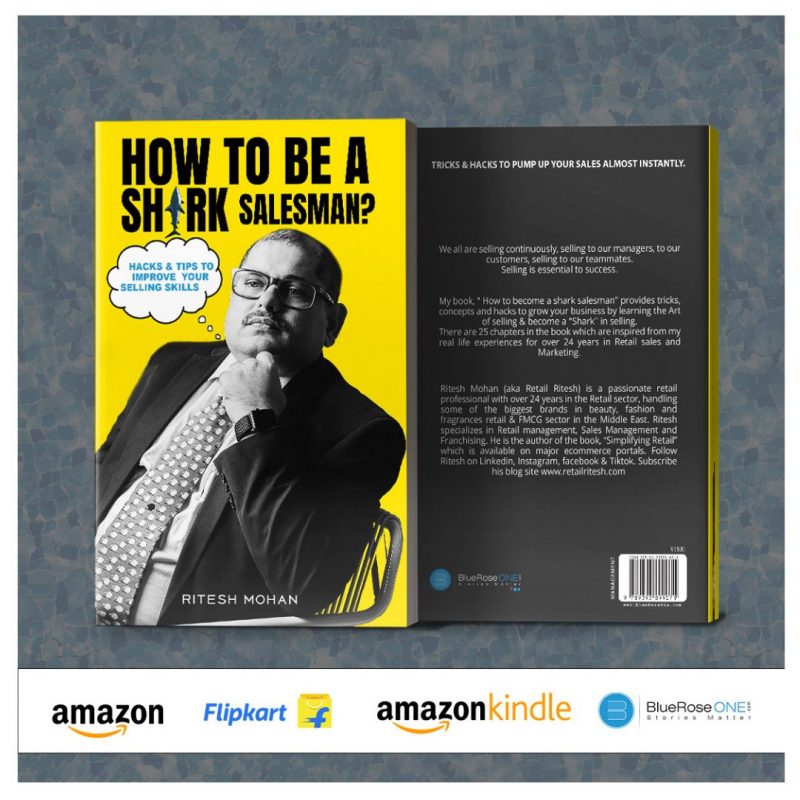Multi-touch attribution in building an omnichannel user experience journey.
How Multi Touch Attribution is helping omni-channel retailers?
In retail, you need to build systems/ processes wherein you can measure each and every touch point that involves customers.
The User Journey initiates several steps prior to the customer making a visit to your store.
It starts from the Discovery stage wherein your customer sees your brand communication online and gets exposed to it.
Several exposures of the brand’s communication bring the brand into his/her “Consideration set”.
The next stage leads to the online exploration stage of your product and services; this is the moment wherein brands try to retarget the customer through their retargeting ads on Instagram/Facebook/TikTok and use the data to create a look-alike audience for the ad campaigns.
You try to capture the customer’s email coordinates by giving some complimentary products like product samples or e-books of seasonal fashion trends etc.
By capturing emails, you build your database and use the same for educating the customers with the latest trends and news in the sector by sending emailers/catalogs. This is where “Top of the mind” recall is established.
The objective of omni-channel marketing is to create a seamless platform wherein the user journey is mapped from online to the store level.
This is where MTA (Multi Touch Attribution) comes into play.
What is Multi-Touch Attribution MTA?
MTA is a marketing attribution technique that assigns credit/ weights to different marketing touchpoints in the customer journey, from the first interaction to the final conversion.
Basically, MTA provides the aerial overview of the customer’s touch points in the overall journey thus providing a scope for carrying out improvements in the customer’s experience with the brand.
Read a case study on Container stores here,
Multi Touch Attribution- Insights into the customer journey
MTA uses, user-level data to capture the effectiveness of individual touchpoints, such as email opens, paid search views, ad clicks, YouTube views, or Direct Mail exposure across various channels.
Omnichannel user experience
From online the journey leads to a physical store, which includes customer service, the discovery of merchandise, trials of products, time taken at the check-out, and overall exit from the store.
Mapping the entire store journey becomes a critical part of Multi-Touch attribution.
To learn more about Hyper-Personalization, click here
Real-time optimization- Multi-touch attribution
With MTA, marketers can identify underperforming touchpoints and shift resources to higher-performing channels, tactics, or audience segments.
Benefits of MTA –
- Faster and more accurate decision-making by retail professionals.
- Better user experience and brand recall.
Technology tools Enhancing personalization through user-level data – Multi-touch attribution.
MTA’s user-level data allows for better targeting and personalization of marketing efforts.
By tracking individual customer interactions and understanding which touchpoints resonate with specific audience segments, marketers can tailor their messaging and offers to align with customer preferences and behavior.
About the author
Ritesh Mohan, is a retail expert, with over two decades of experience in building and scaling retail brands and businesses.
If you are a business owner operating in the beauty/fragrance/fashion genre & want to grow your business & need a retail expert to help you achieve your “Vision to Reality” framework then feel free to write to me at riteshmohan@yahoo.com
We can schedule a discovery listening call over a #coffeechat.





